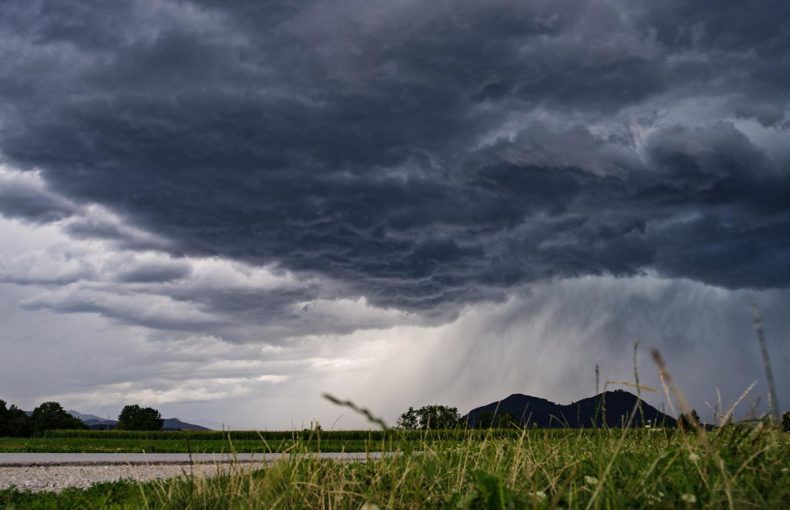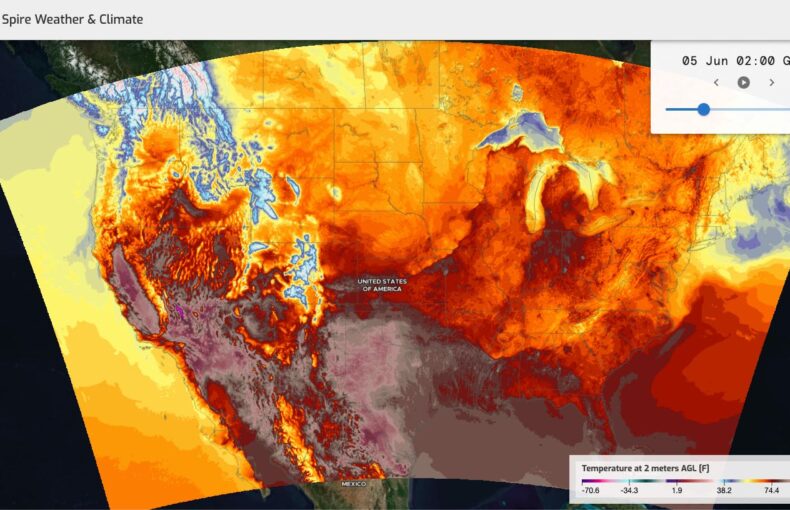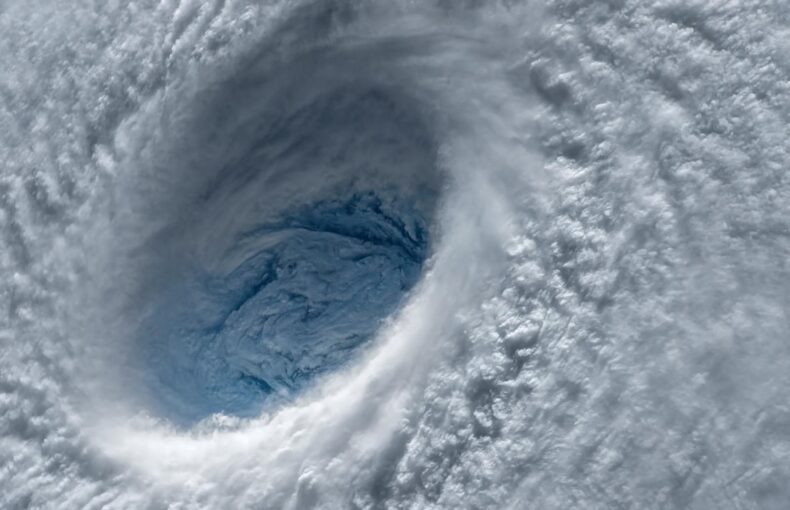Enhancing hurricane prediction with AI: A glimpse into the future
Throughout US weather history, hurricanes have consistently been the deadliest and most destructive natural disasters.
Since 1980, hurricanes have cost the US more than $1.3 trillion as of August 2023, according to the National Oceanic and Atmospheric Administration (NOAA). On average, each hurricane causes $22.8 billion in damage. Within that same period, 6,890 lives were claimed by tropical cyclones in the US.
These facts underscore the importance of hurricane preparedness and the need for precise weather forecasts. Recent decades have yielded significant improvements in hurricane prediction accuracy due to technological advancements, but artificial intelligence and other leaps in technology are likely to revolutionize hurricane forecasts. In turn, businesses and the public stand to benefit from these innovations. Increased awareness of risks and confidence in hurricane forecasts can help organizations protect their people, property, and profits.
Amid climate change, this issue becomes even more critical, as it contributes to more intense hurricanes and exacerbates effects such as severe storm surge and increased flooding rainfall. Hurricane Otis’ unprecedented rapid intensification in the East Pacific before it dealt a devastating blow to Acapulco, Mexico, in 2023, serves as a stark reminder of the destructive force of strengthening hurricanes.
History of hurricane forecast accuracy
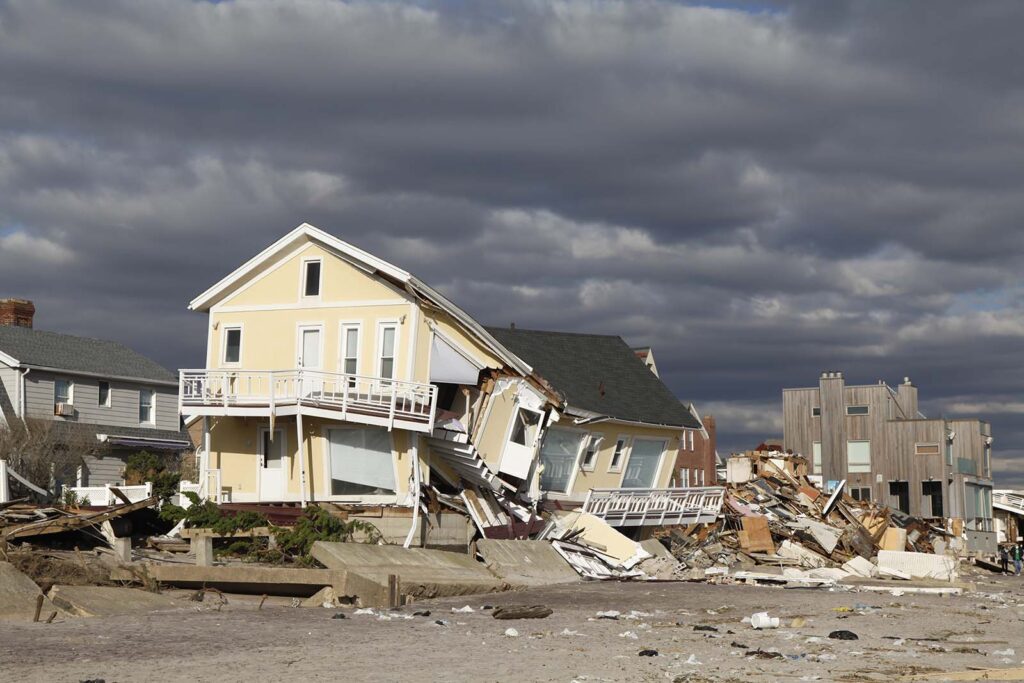
“In 1980, the average hurricane forecast error for the landfall location was 125 miles just 24 hours ahead of time. The two-day forecast was off by an average of 275 miles, and the three-day average error was a whopping 400 miles,” Michael Eilts, General Manager of Spire Weather & Climate, explained. “Today, because of better models, satellite data, faster computers, and better understanding of hurricanes, the National Hurricane Center forecasts are far better.”
For example, the three-day forecast of hurricane location is now off by less than 100 miles on average. This is noteworthy since more accurate landfall forecasts can result in a better understanding of impacts facing different coastal communities, including storm surge, flooding rainfall, damaging winds, and even tornadoes.
“Hurricane intensity forecasts have not made quite the same advances,” Eilts added.
In the future, Eilts breaks down two of the most encouraging opportunities for progress in hurricane track and intensity forecasting.
“The first is more and better data collected by satellite, for example, Spire’s constellation of over 100 satellites that measure profiles of temperature and humidity directly in and around hurricanes,” Eilts said. “And second is AI forecasting that will allow us to assimilate satellite data and other data and, because these models can be run very quickly on 1 GPU, we can create hundreds of ensembles, allowing probabilistic distributions that cover all of the forecast possibilities.”
How will AI weather models help to reshape hurricane prediction?
AI modeling has the potential to bring evolutionary progress to hurricane forecasting, and studies are reaffirming the benefits.
“AI models are showing promise at improving the hurricane track forecasts relative to traditional physics-based numerical weather prediction (NWP) models. This is likely because AI models do a phenomenal job at predicting large-scale atmospheric features which are the main driver in determining the track of hurricanes,” Dr. Tom Gowan, Spire Global’s Machine Learning, Modeling, and Data Assimilation lead, said.

“Better individual hurricane track forecasts, combined with the ability to run massive AI forecast ensembles, will allow coastal communities to have much more confidence in a hurricane’s forecasted track and, ultimately, more time to prepare,” Gowan added.
Hurricane strength prediction may be a bigger hurdle, even for AI weather prediction models, but there are favorable prospects for enhancing skill in this aspect.
“In general, pure AI weather models have been found to under-predict the intensity of hurricanes and strong synoptic storms. It’s still an open research question as to why, but it may be due to the way most AI models are trained. They are trained to reduce error, specifically mean squared error, in forecasts which ultimately leads to some smoothing in the forecasts. This smoothing may mean extremes are under-predicted,” Gowan explained. “However, recent research suggests that the use of diffusion models in AI weather models may ameliorate this issue.”
SEE ALSO:
- Top 3 insights to help businesses stay ahead of a hyperactive hurricane season
- AI weather modeling: Spire and NVIDIA’s partnership presents true evolution in weather prediction
For example, Google released an early prototype called GenCast that rather than trying to predict the mean of a distribution, it samples individual instances from a distribution, according to Gowan.
“Ultimately, this leads to sharper forecasts that are likely to better capture extreme events,” he explained.
What are the core insights for businesses?
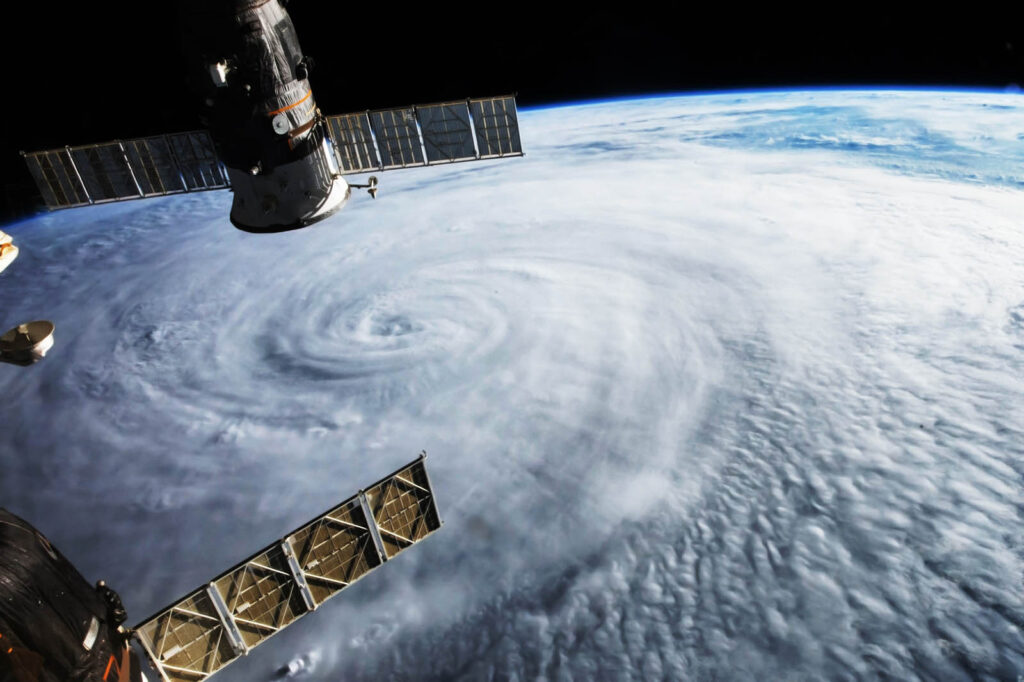
In a world where the destructive force of hurricanes continues to take a heavy toll on lives and livelihoods, the promise of AI-driven advancements in hurricane prediction brings a ray of hope. As we navigate the challenges posed by climate change and the increasing intensity of storms, the enhancements offered by AI modeling provide a beacon of resilience for businesses and communities alike.
“Any industry that can take advantage of more accurate medium-range hurricane forecasts will benefit from AI models,” Gowan said. “Ultimately, I believe that those who embrace this new technology and understand its strengths and limitations will experience the greatest benefits.”
Spire’s unparalleled space-powered data provides an unmatched advantage by enhancing the data that AI models will train on and providing much more accurate initial conditions for weather conditions worldwide. A technique known as radio occultation that Spire utilizes for generating precision atmospheric profiles globally, based on measuring the bending of GPS/GNSS satellite beams through Earth’s atmosphere, is among the top methods for improving the accuracy of weather predictions.
Besides developing AI weather modeling, Spire continues to innovate and expand on its High-Resolution Weather Model, which extends out six days with hourly forecasts up to 1-km resolution, providing exceptional detail. In addition, Spire’s Weather Risk Communication Team provides businesses with 24/7/365 guidance on how the weather forecast will impact operations and assets.
Embracing technological leaps and harnessing their potential will not only enhance preparedness but also empower us to safeguard what matters most in the face of nature’s fury.
Together, let us embark on this journey towards a safer, more resilient future.
 Written by
Written by